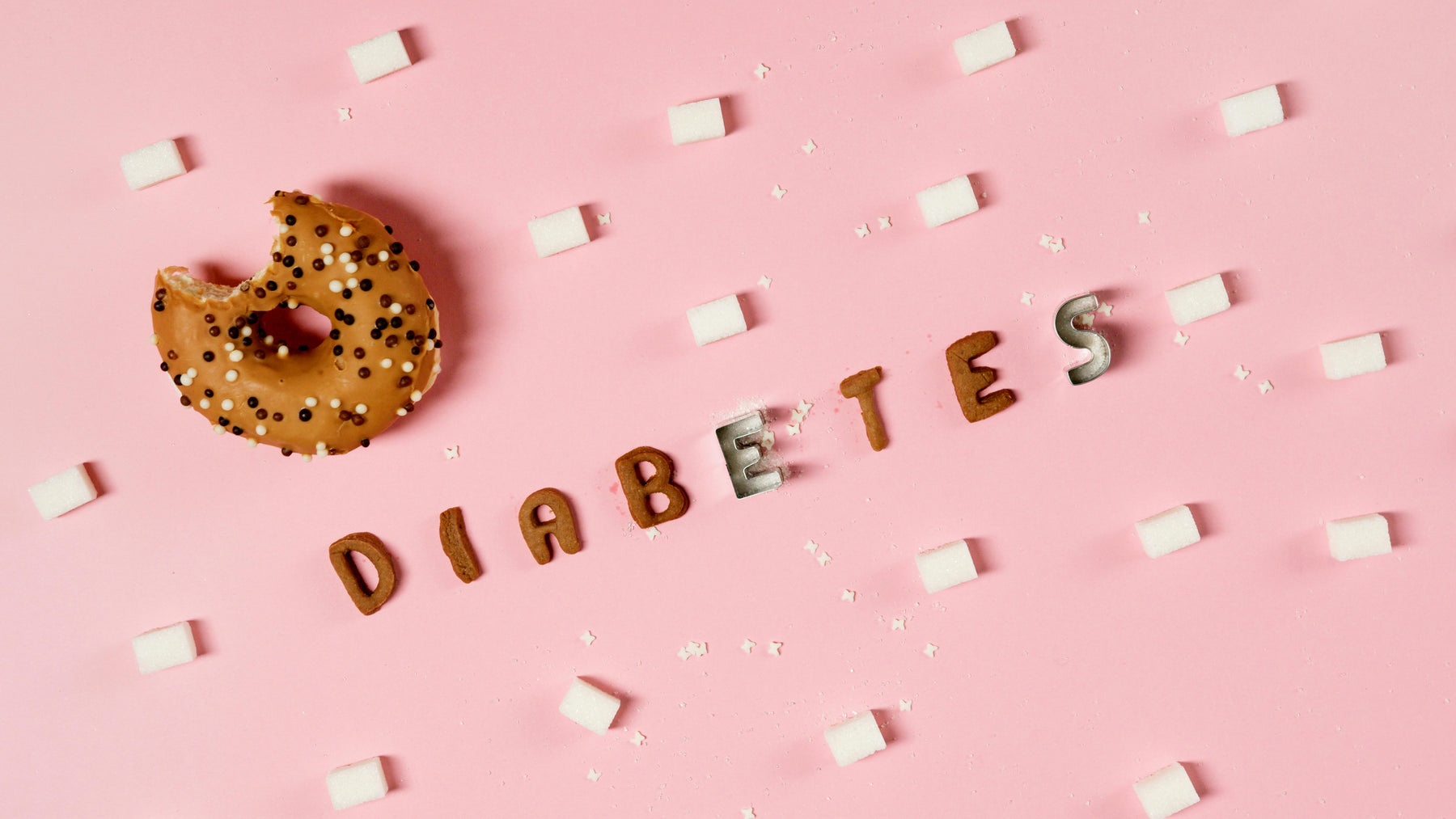
A New Way to Fight Diabetes: Blocking a Gut Bacteria Fuel
The Discovery??
The study, published in Cell Metabolism, demonstrated that a molecule produced by gut microbes, known as D-lactate, can cross into the bloodstream and induce the liver to overproduce glucose and fat.
Researchers from McMaster University, Université Laval, and the University of Ottawa developed a “gut substrate trap,” a biodegradable polymer designed to capture D-lactate in the gut before it reaches circulation.
When tested in obese mice, the trap produced striking results:
-
Lowered blood glucose
-
Improved insulin sensitivity
-
Reduced liver inflammation and fibrosis
-
Less fat buildup in the liver
Notably, these benefits occurred without requiring dietary changes or weight loss, highlighting that the improvements were due directly to the trap’s effect on microbial fuels.
A New Twist on the Cori Cycle
This finding builds upon the well-established Cori cycle, the process by which muscles exchange fuel with the liver. Muscle-generated L-lactate is normally recycled into glucose to power activity, a discovery that earned Carl and Gerty Cori the Nobel Prize in 1947.
The Canadian team showed that gut bacteria contribute to this conversation as well—but instead of balancing metabolism, their version of lactate (D-lactate) promotes excess glucose and fat production.
Most conventional therapies for Type 2 Diabetes focus on insulin production, insulin sensitivity, or the liver’s glucose release …this research takes a different angle: targeting microbial byproducts before they can enter circulation.
As senior author, Dr. Jonathan Schertzer noted:
“This is a completely new way to think about treating metabolic diseases like type 2 diabetes and fatty liver disease. Instead of targeting hormones or the liver directly, we’re intercepting a microbial fuel source before it can do harm.”
Is This the Future For Treatment
While human trials are still needed, this research points toward a novel approach to diabetes and fatty liver disease, one that considers the gut microbiome as a major player in metabolic health.
For now, Dr. Wiggy continues to emphasize the integrative strategies he has written about for years: diet, exercise, stress management, and targeted supplementation. But the promise of therapies that intercept harmful microbial fuels represents an exciting step forward in the fight against Type 2 Diabetes.



